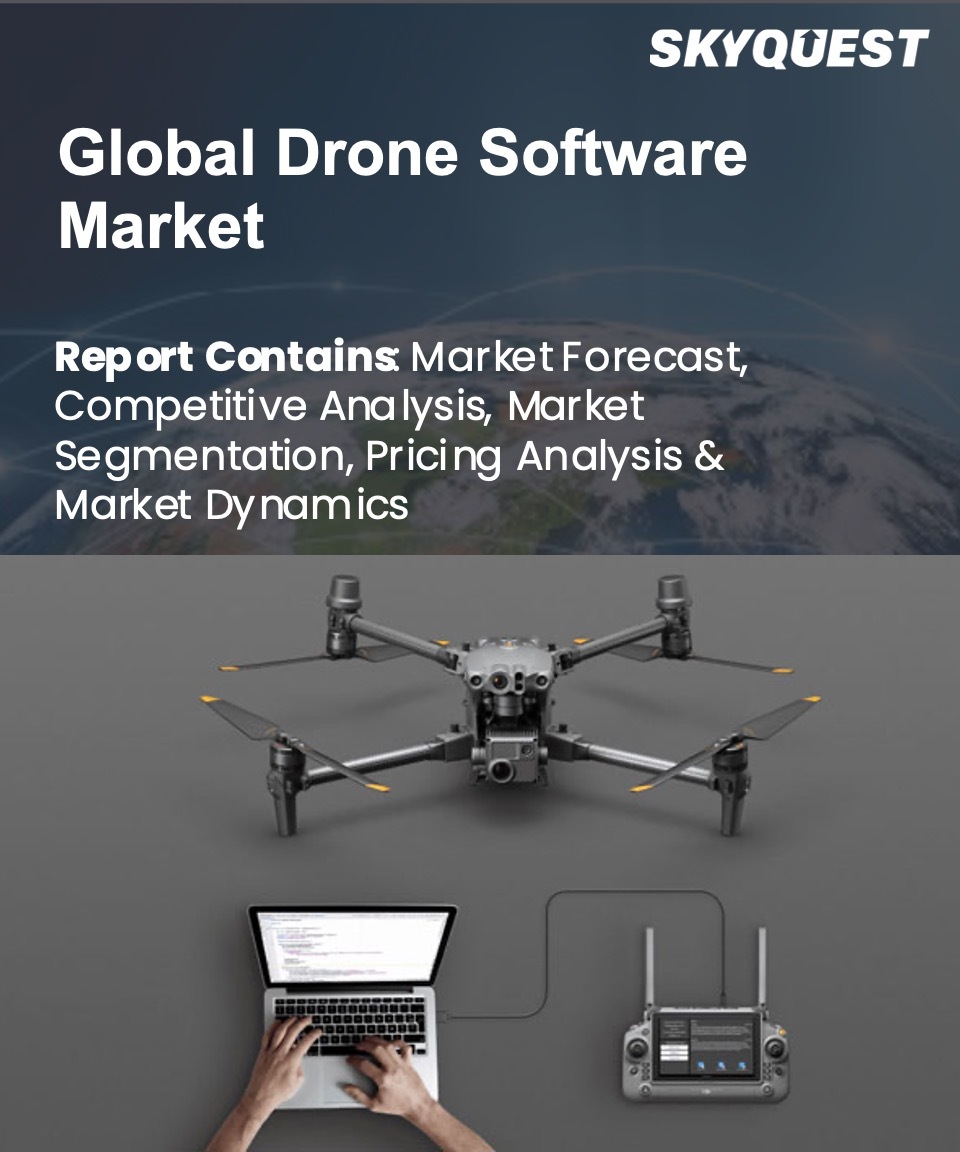
Report ID: SQSG45E2010

Report ID:
SQSG45E2010 |
Region:
Global |
Published Date: November, 2024
Pages:
165
|
Tables:
115 |
Figures:
77
Drone Software Market Driver
The increasing incorporation of artificial intelligence (AI) in drone software is expected to drive the market during the forecast period
Technological improvements in drone technology, such as photogrammetric software technology, spur the market
Drone Software Market Restraint
Stringent government regulations and a lack of air traffic management
The increasing use of drones is a concern for cyber security
Our industry expert will work with you to provide you with customized data in a short amount of time.
REQUEST FREE CUSTOMIZATIONWant to customize this report? This report can be personalized according to your needs. Our analysts and industry experts will work directly with you to understand your requirements and provide you with customized data in a short amount of time. We offer $1000 worth of FREE customization at the time of purchase.

Report ID: SQSG45E2010